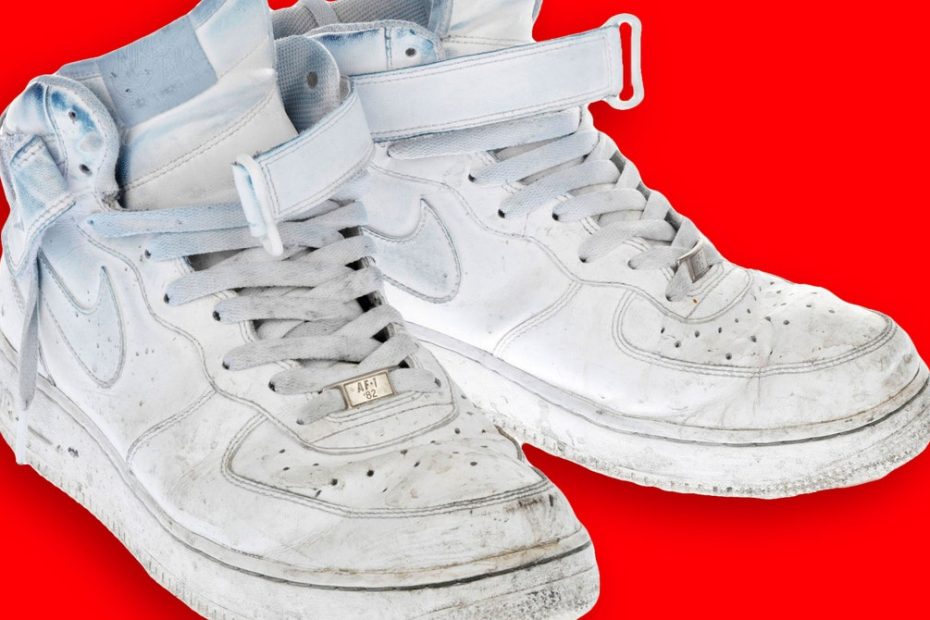It all started when Donahoe took over as CEO and made the controversial decision to restructure Nike’s product and marketing divisions, shedding long-established categories like running, soccer, basketball, fitness and training in favor of simplified, gender-driven labels like “men,” “women” and “kids.” The shift not only alienated a core group of designers and marketers, many of whom left en masse, but it also clouded Nike’s ability to speak authentically to specific athletic communities, diminishing its competitive edge in innovation and niche marketing.
Under Donahoe’s leadership, Nike centralized its marketing efforts and pushed for a digital-led strategy. This resulted in an abandonment of the bold, emotionally charged campaigns that once defined the brand, like the iconic 1997 “Failure” ad, which featured Michael Jordan reflecting on his missed shots and losses, and the 2012 “Find Your Greatness” campaign, which celebrated everyday athletes pushing themselves to the limit. These campaigns struck a chord with audiences because they tapped into universal themes of human struggle and triumph.
Instead, Nike shifted to a more clinical, algorithmic approach, which Giunco called the “infamous editorial strategy.” The goal was to produce micro-targeted content optimized for digital platforms, but this approach backfired.
Instead of creating compelling stories, Nike flooded its social media channels with a deluge of content that was both costly and ineffective. These posts, designed to drive traffic to Nike’s e-commerce platforms, did little to convert visitors into customers. Worse, they undermined Nike’s once-powerful storytelling ability, leaving a void in the emotional connection with its audience.
Can Nike regain its cultural edge?
Despite all this, Nike is still one of the most famous and popular brands in the world. It is still the market leader in its sector, and still makes $5 billion in profits before interest and taxes per year ($5.7 billion in fiscal year 2024) without a dollar of debt.
Nicoline Van Enter argues that Nike could benefit from focusing on local manufacturing and innovation centers, similar to the way On Running leverages its proximity to advanced manufacturing equipment in Europe.
“The LightSpray they produced was possible because On Running is in Switzerland and the manufacturer of LightSpray production equipment is in Germany,” she explains. The Covid-19 pandemic has exposed the vulnerabilities of global supply chains, and Nike’s reliance on Asian manufacturing has been a bottleneck.
Of course, such a change cannot be implemented quickly, something Nike realizes all too well. “A comeback on this scale takes time,” CFO Matthew Friend said during Nike's call with analysts last Thursday. “In the short term, this is a marketing solution,” Van Enter agrees.
Another key task for Hill is to rebuild relationships not only with retailers but also with the athletes, influencers and creatives who have shaped Nike's image over the past decades.
There's already talk of reviving key collaborations, renewing partnerships that once gave Nike an unparalleled reputation and bringing back some of the design and marketing talent who left during Donahoe's tenure.
“If Nike can recreate that emotional connection — if they can make their products feel aspirational, limited and desirable, rather than overproduced and commoditized — then they have a real shot at reclaiming their crown,” Ropes says. Whether they have the heart (and stomach) for this endeavor remains to be seen.

